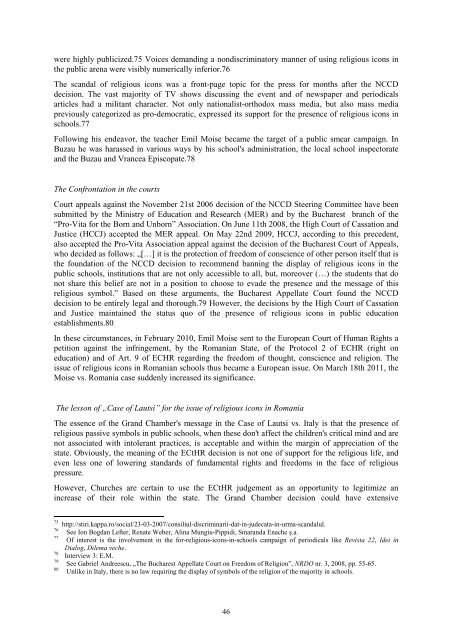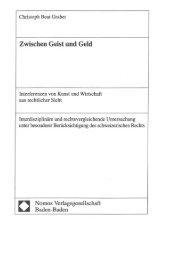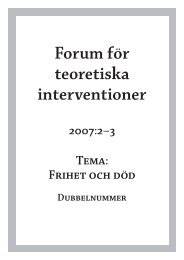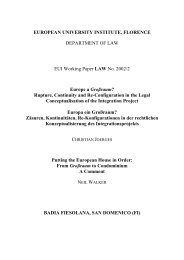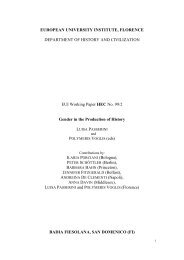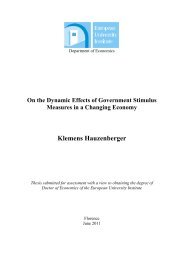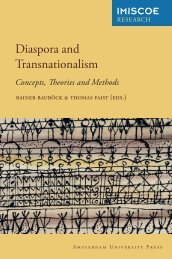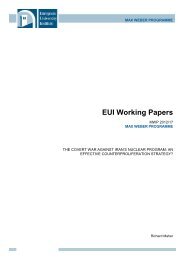Sinziana-Elena Poiana Ioana Lupea Irina-Madalina Doroftei Alina ...
Sinziana-Elena Poiana Ioana Lupea Irina-Madalina Doroftei Alina ...
Sinziana-Elena Poiana Ioana Lupea Irina-Madalina Doroftei Alina ...
Create successful ePaper yourself
Turn your PDF publications into a flip-book with our unique Google optimized e-Paper software.
were highly publicized.75 Voices demanding a nondiscriminatory manner of using religious icons in<br />
the public arena were visibly numerically inferior.76<br />
The scandal of religious icons was a front-page topic for the press for months after the NCCD<br />
decision. The vast majority of TV shows discussing the event and of newspaper and periodicals<br />
articles had a militant character. Not only nationalist-orthodox mass media, but also mass media<br />
previously categorized as pro-democratic, expressed its support for the presence of religious icons in<br />
schools.77<br />
Following his endeavor, the teacher Emil Moise became the target of a public smear campaign. In<br />
Buzau he was harassed in various ways by his school's administration, the local school inspectorate<br />
and the Buzau and Vrancea Episcopate.78<br />
The Confrontation in the courts<br />
Court appeals against the November 21st 2006 decision of the NCCD Steering Committee have been<br />
submitted by the Ministry of Education and Research (MER) and by the Bucharest branch of the<br />
“Pro-Vita for the Born and Unborn” Association. On June 11th 2008, the High Court of Cassation and<br />
Justice (HCCJ) accepted the MER appeal. On May 22nd 2009, HCCJ, according to this precedent,<br />
also accepted the Pro-Vita Association appeal against the decision of the Bucharest Court of Appeals,<br />
who decided as follows: „[…] it is the protection of freedom of conscience of other person itself that is<br />
the foundation of the NCCD decision to recommend banning the display of religious icons in the<br />
public schools, institutions that are not only accessible to all, but, moreover (…) the students that do<br />
not share this belief are not in a position to choose to evade the presence and the message of this<br />
religious symbol.” Based on these arguments, the Bucharest Appellate Court found the NCCD<br />
decision to be entirely legal and thorough.79 However, the decisions by the High Court of Cassation<br />
and Justice maintained the status quo of the presence of religious icons in public education<br />
establishments.80<br />
In these circumstances, in February 2010, Emil Moise sent to the European Court of Human Rights a<br />
petition against the infringement, by the Romanian State, of the Protocol 2 of ECHR (right on<br />
education) and of Art. 9 of ECHR regarding the freedom of thought, conscience and religion. The<br />
issue of religious icons in Romanian schools thus became a European issue. On March 18th 2011, the<br />
Moise vs. Romania case suddenly increased its significance.<br />
The lesson of „Case of Lautsi” for the issue of religious icons in Romania<br />
The essence of the Grand Chamber's message in the Case of Lautsi vs. Italy is that the presence of<br />
religious passive symbols in public schools, when these don't affect the children's critical mind and are<br />
not associated with intolerant practices, is acceptable and within the margin of appreciation of the<br />
state. Obviously, the meaning of the ECtHR decision is not one of support for the religious life, and<br />
even less one of lowering standards of fundamental rights and freedoms in the face of religious<br />
pressure.<br />
However, Churches are certain to use the ECtHR judgement as an opportunity to legitimize an<br />
increase of their role within the state. The Grand Chamber decision could have extensive<br />
75<br />
http://stiri.kappa.ro/social/23-03-2007/consiliul-discriminarii-dat-in-judecata-in-urma-scandalul.<br />
76<br />
See Ion Bogdan Lefter, Renate Weber, <strong>Alina</strong> Mungiu-Pippidi, Smaranda Enache ş.a.<br />
77<br />
Of interest is the involvement in the for-religious-icons-in-schools campaign of periodicals like Revista 22, Idei în<br />
Dialog, Dilema veche.<br />
78<br />
Interview 3: E.M.<br />
79<br />
See Gabriel Andreescu, „The Bucharest Appellate Court on Freedom of Religion”, NRDO nr. 3, 2008, pp. 55-65.<br />
80<br />
Unlike in Italy, there is no law requiring the display of symbols of the religion of the majority in schools.<br />
46


